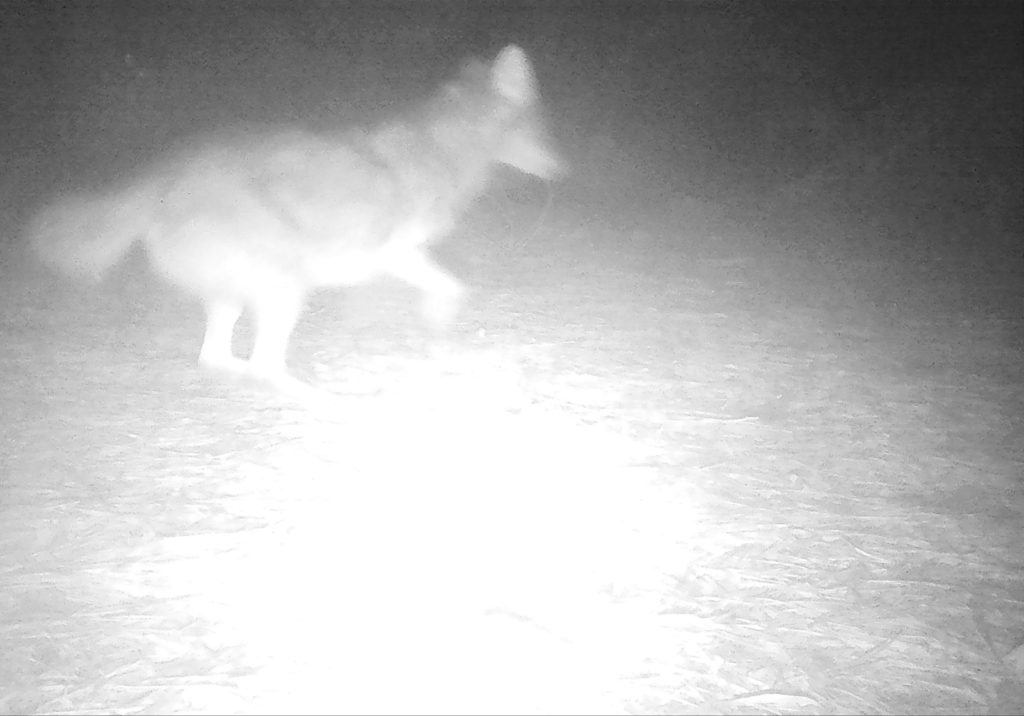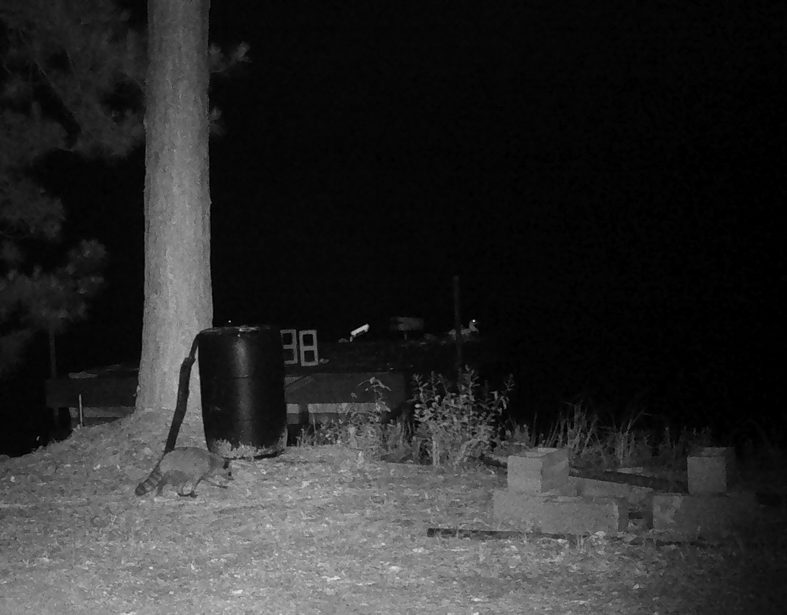Caught on Camera
Ever wonder what happens when your not there? Set up a game camera and find out.










Judy Darby is a photographer and freelance writer in Madisonville, Louisiana. Originally from Ruston, Louisiana, she lived in Weston, Connecticut for more than 20 years before moving to south Louisiana where she met her long-time significant other, Noel Brumfield, a U.S. Coast Guard licensed 100-ton captain. Judy exchanged a 15-acre tract on Interstate 20 in Ruston for Vista Farm in 2005 and is turning it into a protected habitat for small wildlife and native plants.

Building a new pollinator habitat of all native wildflowers with funding from the NRCS Conservation Stewardship Program.

There is no doubt that pharmaceutical research into the healthful[...]
© 2025 — Judy Darby
Recent Comments